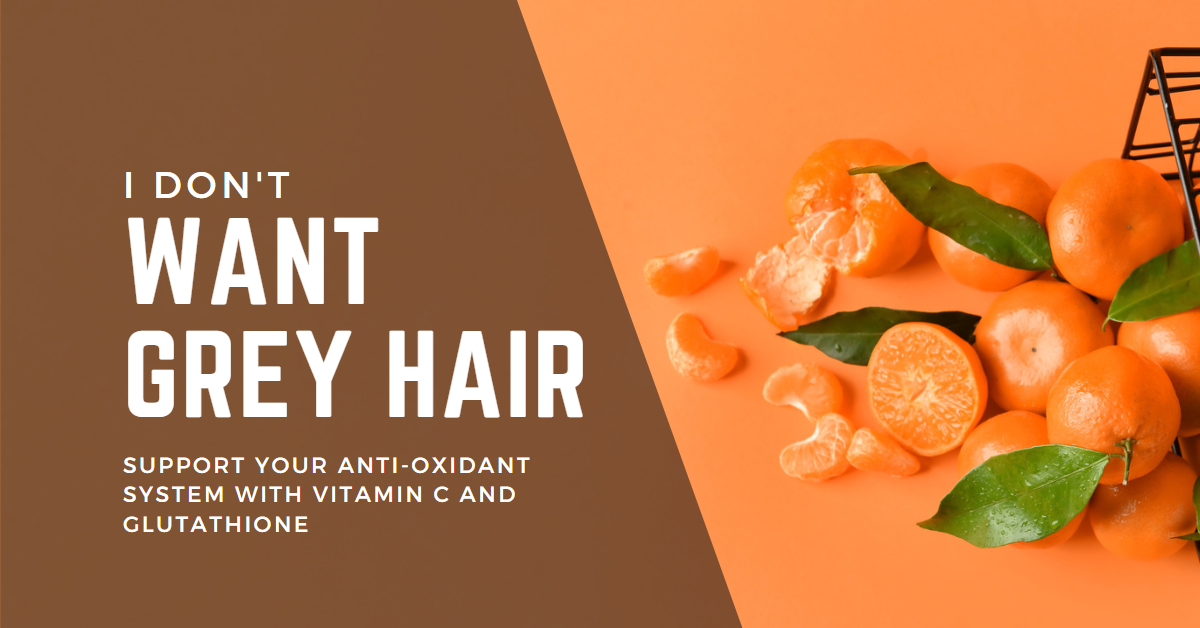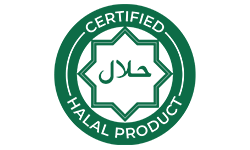Oxidative stress is a biological process that occurs when there is an imbalance between the production of reactive oxygen species (ROS) and the body’s ability to neutralize them with antioxidants. This imbalance can lead to cellular damage, and in some cases, it can also cause premature aging.
One of the visible signs of aging is gray hair, which is caused by the loss of pigmentation in hair follicles. Melanocytes, the cells responsible for producing the pigment that gives hair its color, can become damaged or die off due to oxidative stress. This can lead to a reduction in the production of melanin, causing hair to turn gray.
Several studies have linked oxidative stress to premature graying. For example, a study published in the Journal of Cosmetic Science found that individuals with prematurely gray hair had higher levels of oxidative stress markers in their blood compared to individuals with normal hair color. Another study published in the Journal of Investigative Dermatology found that hydrogen peroxide, a type of ROS, can bleach melanin in hair follicles, leading to gray hair.
In addition to oxidative stress, other factors can also contribute to premature graying, such as genetics, age, and certain medical conditions. However, reducing oxidative stress through lifestyle changes and dietary interventions may help slow down or prevent premature graying. Some antioxidant-rich foods that may help protect against oxidative stress include berries, leafy greens, nuts, and seeds.
References:
Wood, J. M., & Schallreuter, K. U. (2010). Melanocytes, melanin and melanogenesis: from physiology to pathology. The International Journal of Biochemistry & Cell Biology, 42(9), 1434-1449.
Arck, P. C., Overall, R., Spatz, K., Liezman, C., Handjiski, B., Klapp, B. F., & Birch-Machin, M. A. (2006). Towards a “free radical theory of graying”: melanocyte apoptosis in the aging human hair follicle is an indicator of oxidative stress induced tissue damage. The FASEB Journal, 20(9), 1567-1569.
Tobin, D. J. (2011). Introduction to skin aging. Journal of Tissue Viability, 20(2), 37-46.
Trüeb, R. M. (2009). Oxidative stress in ageing of hair. International Journal of Trichology, 1(1), 6-14.
Arck, P. C., & Slominski, A. (2009). The importance of the melanocyte in providing antioxidant defense of epidermal keratinocytes. Experimental Dermatology, 18(9), 760-767.







